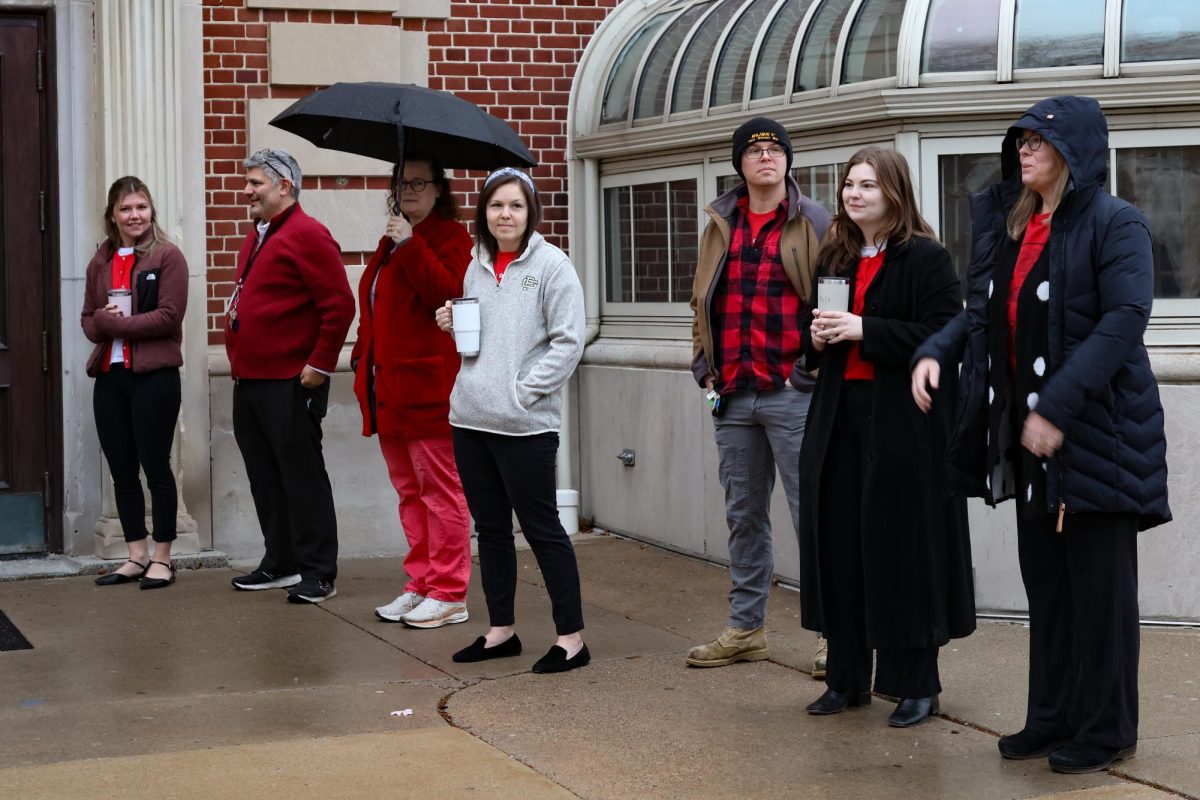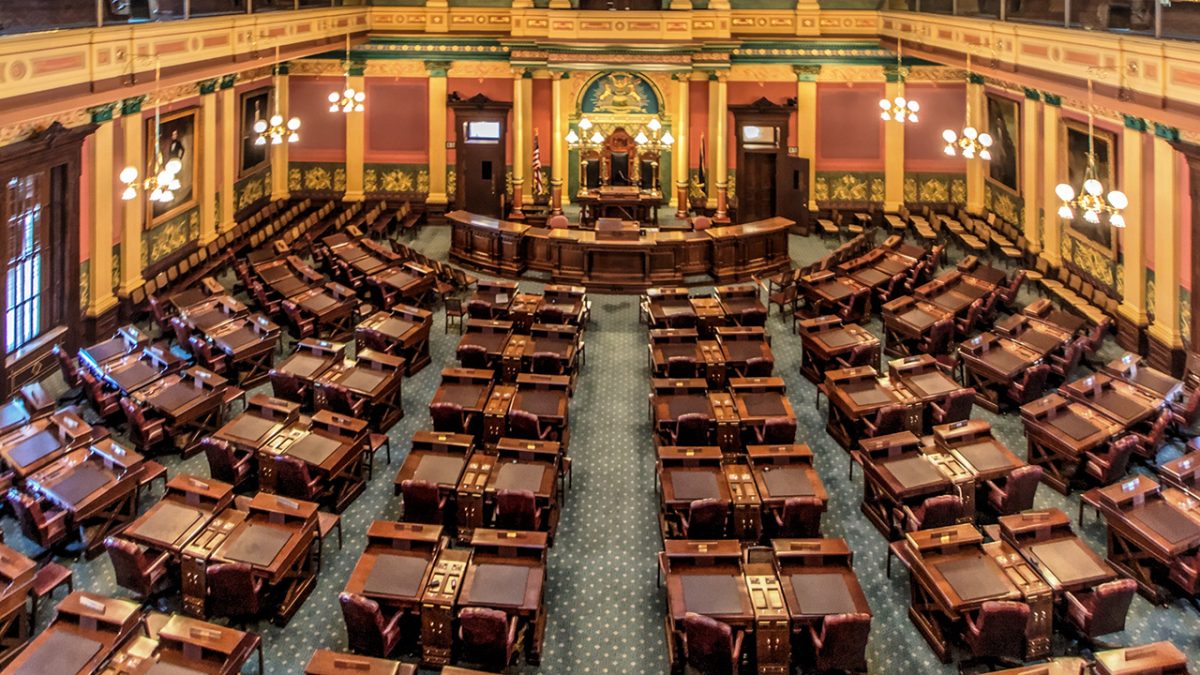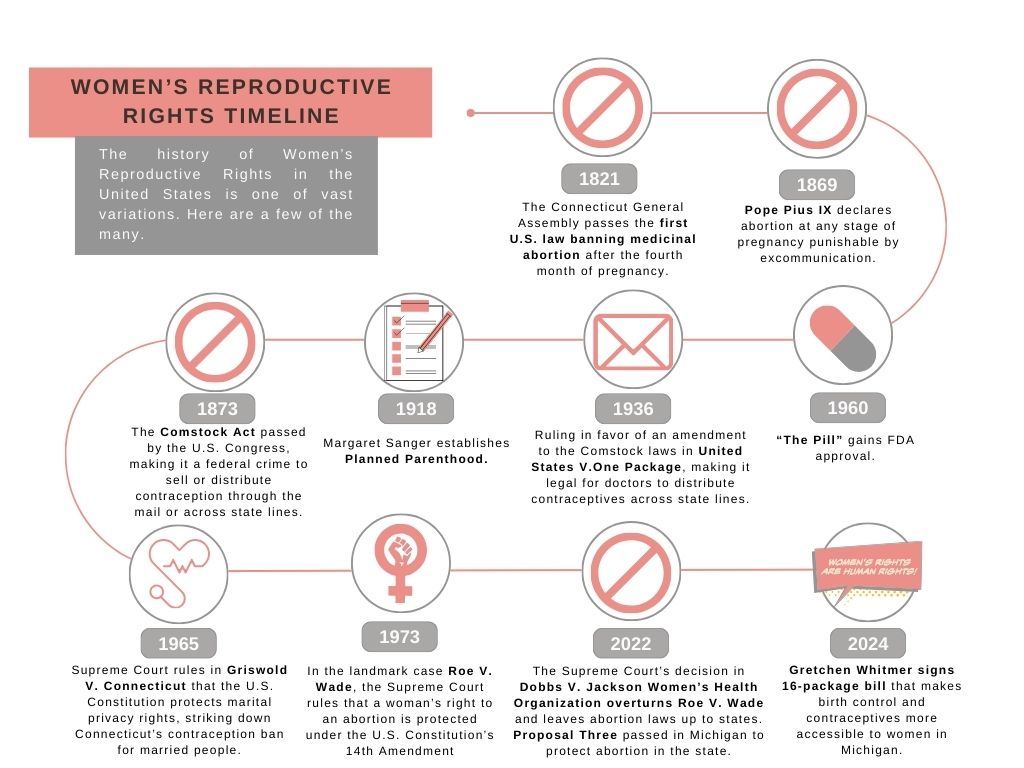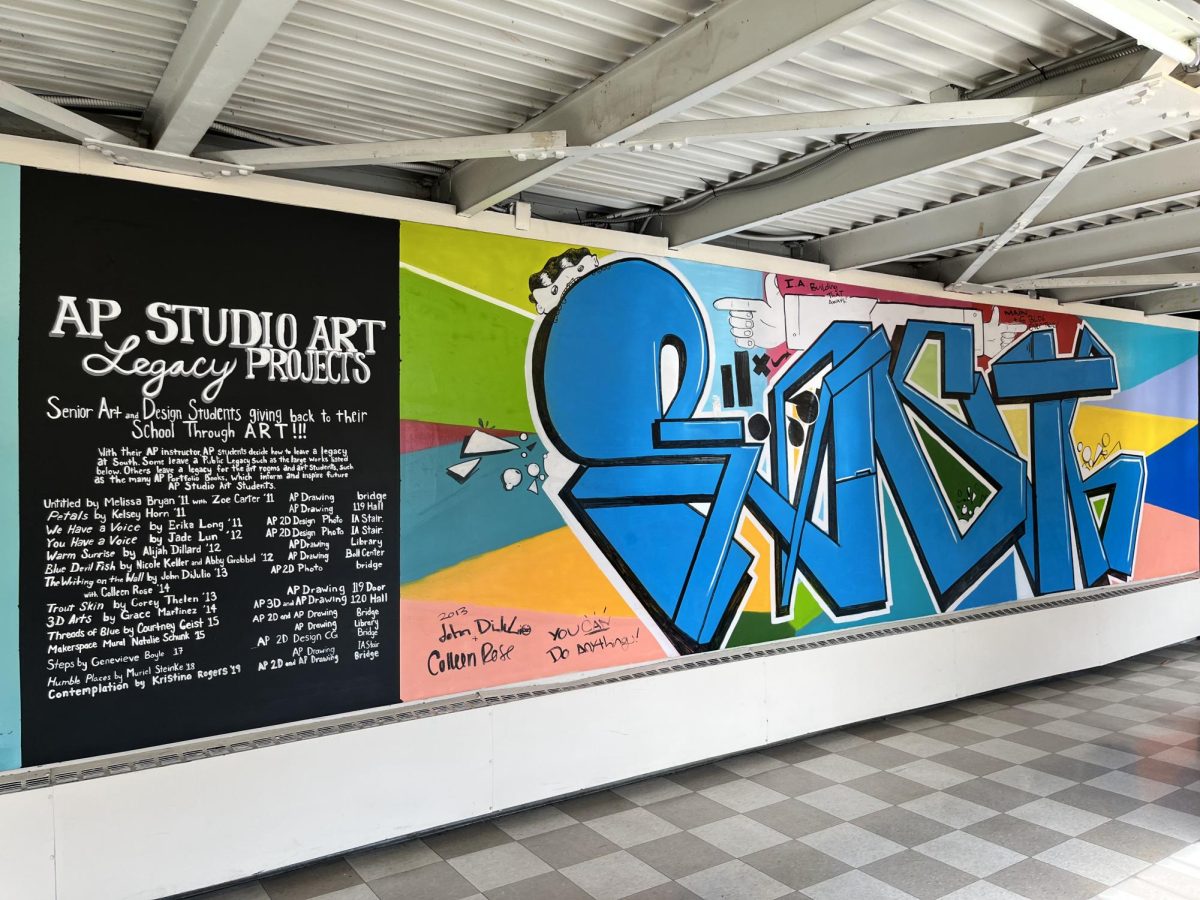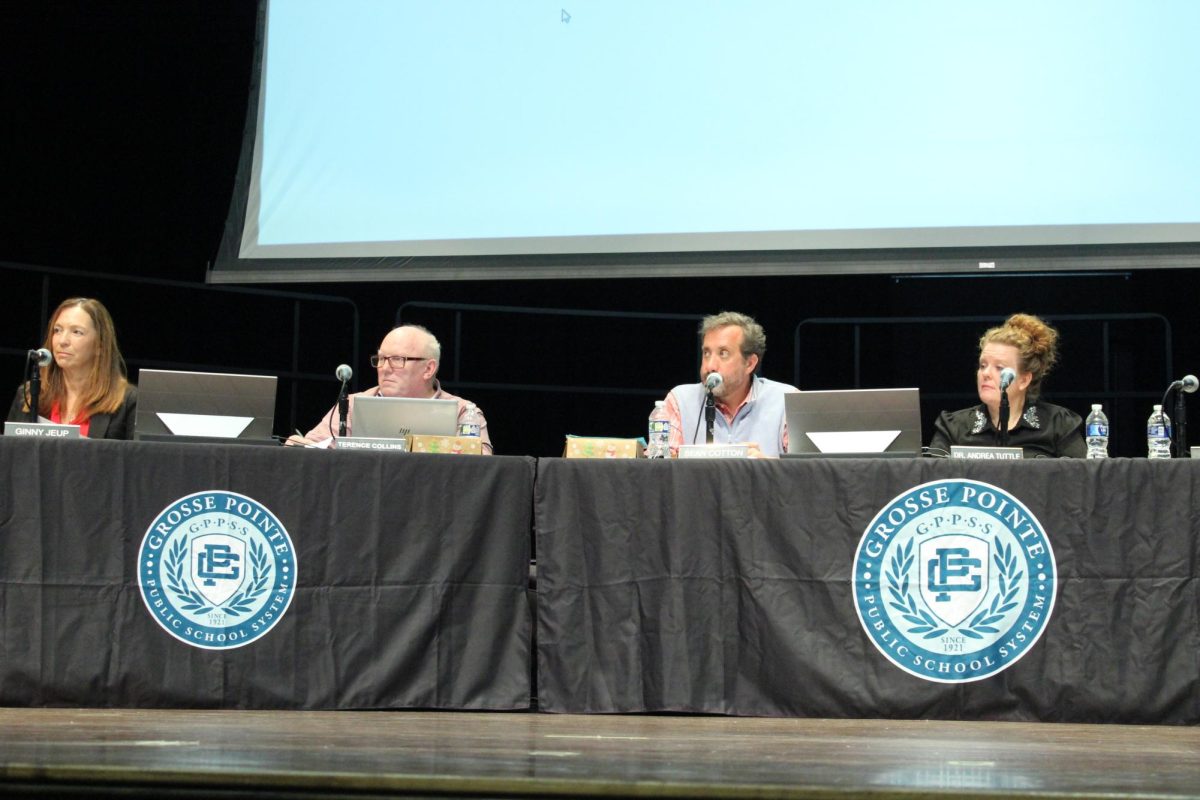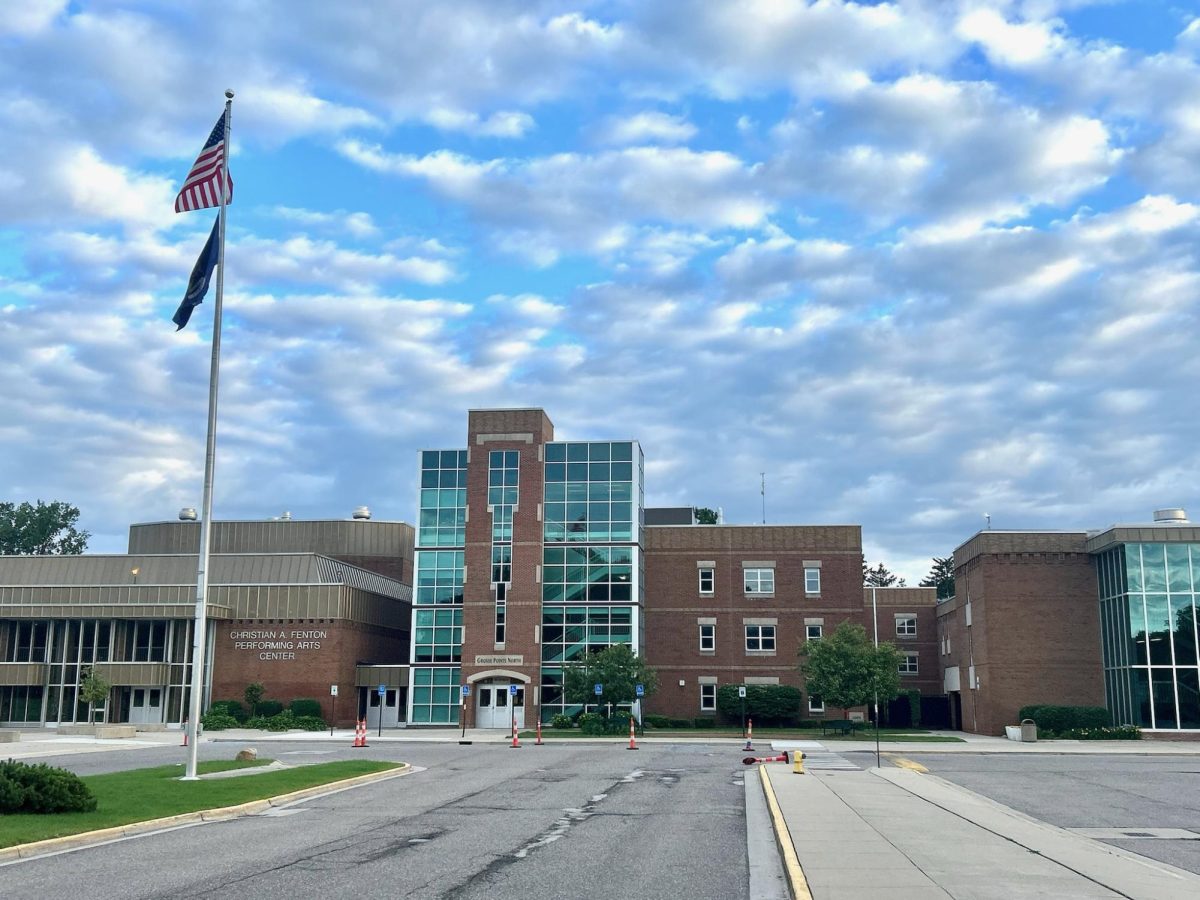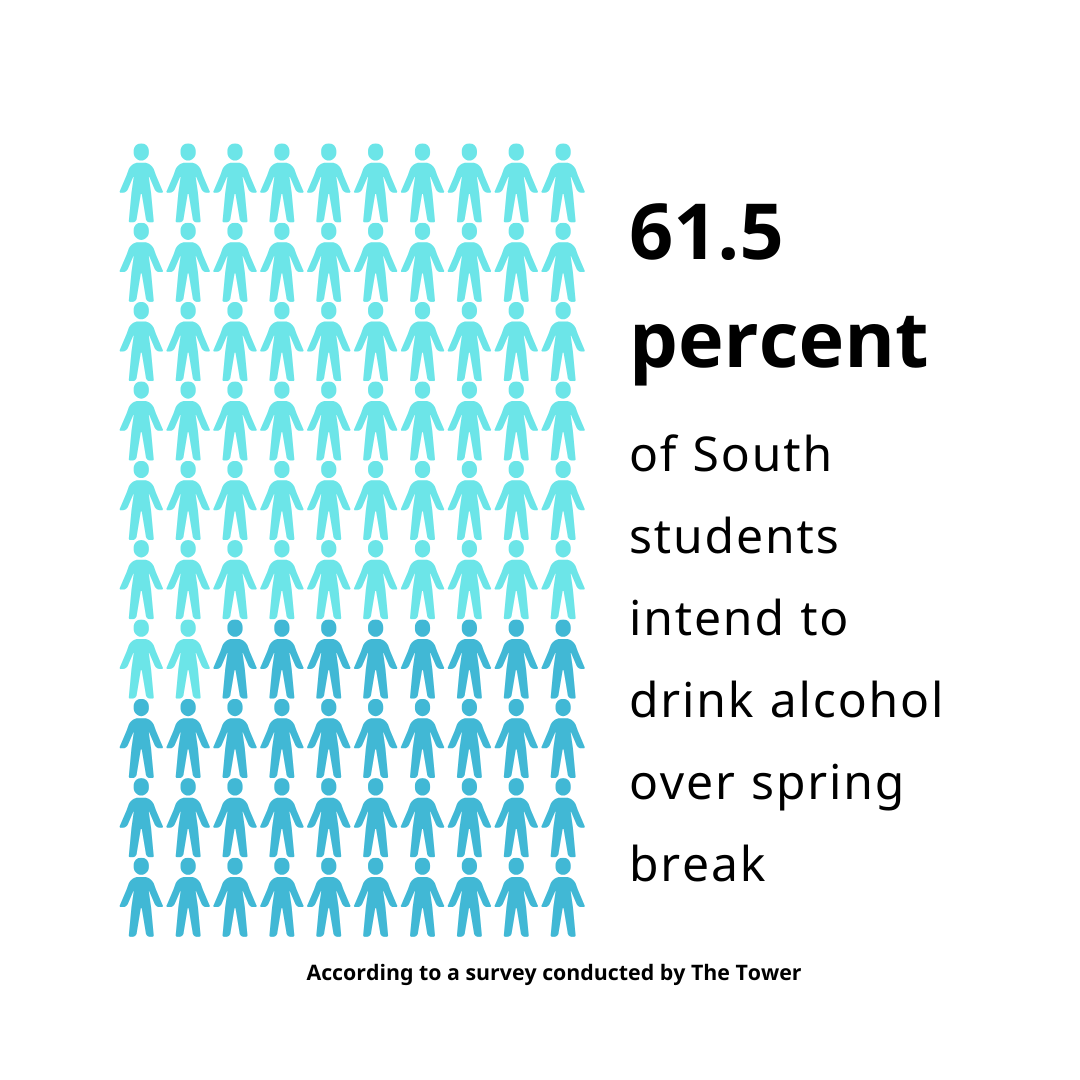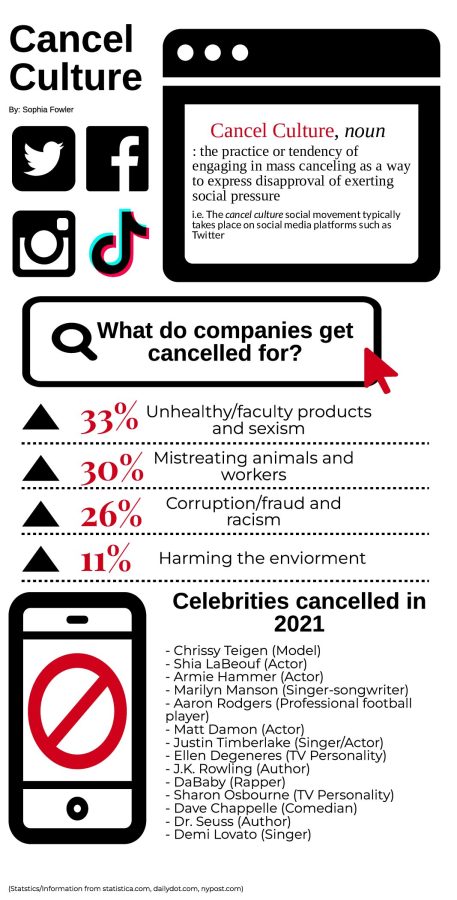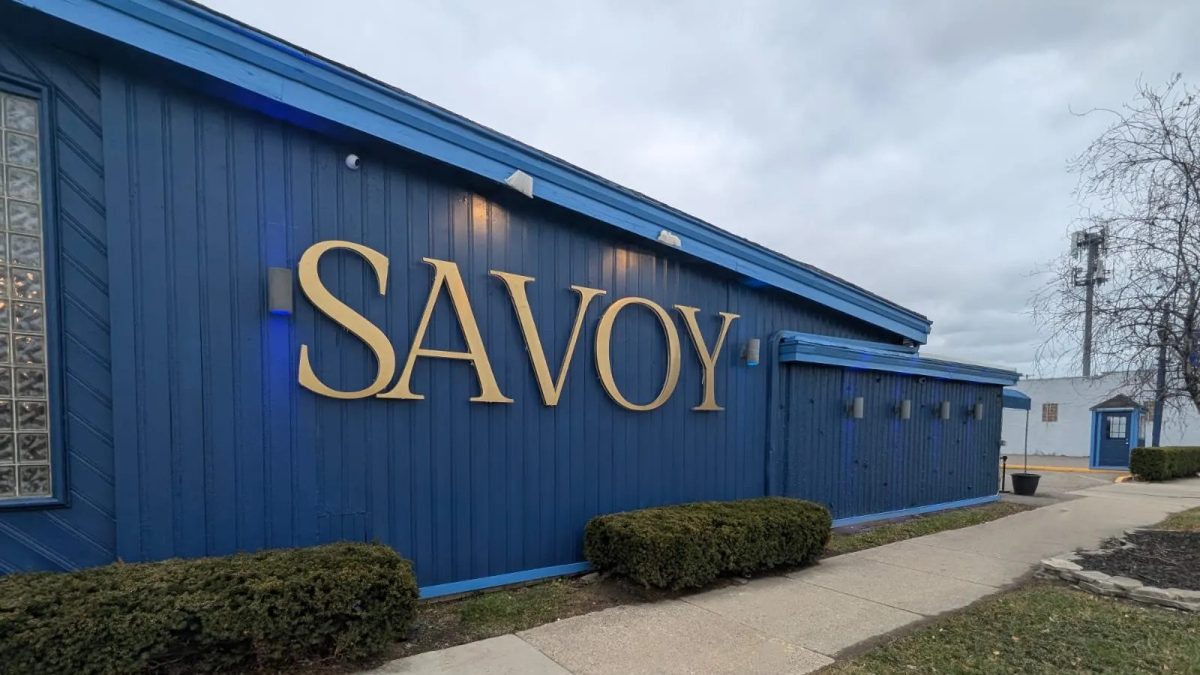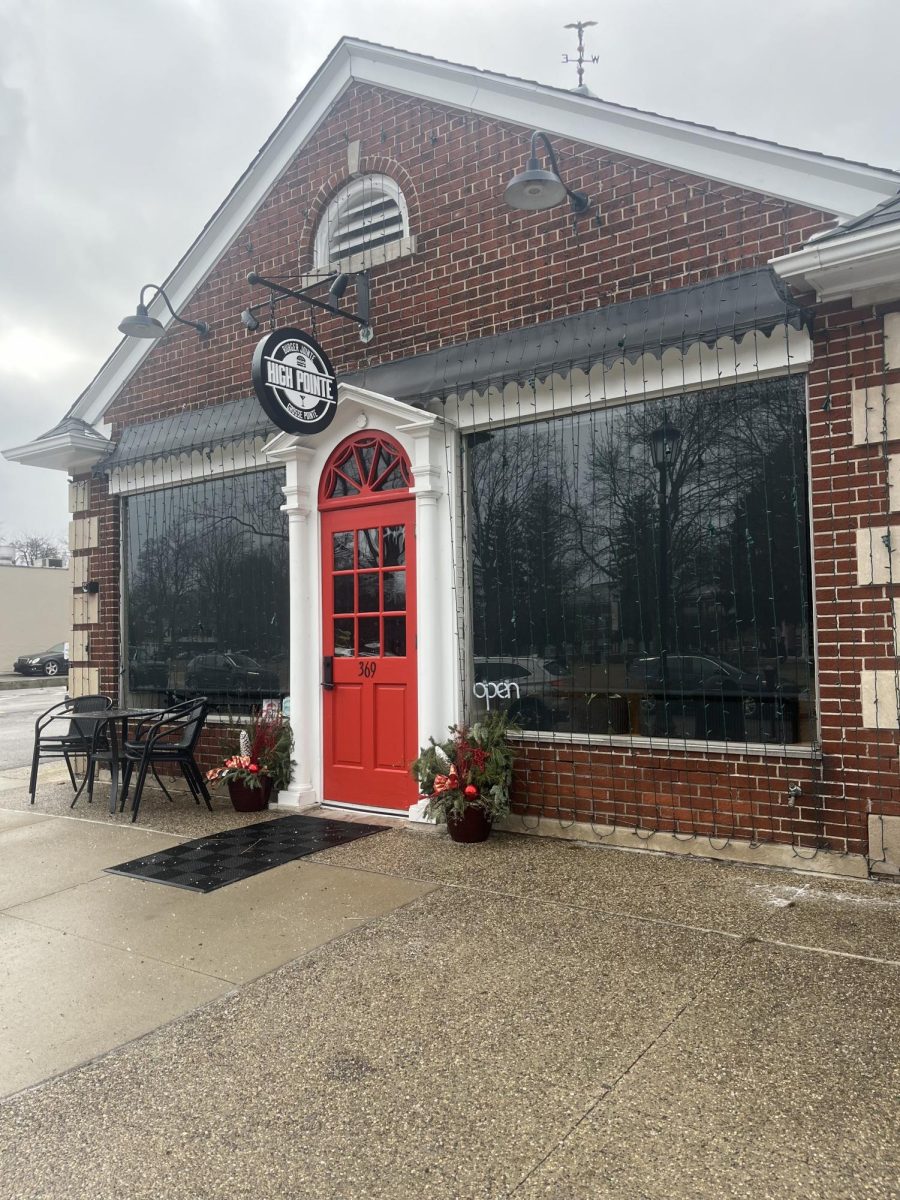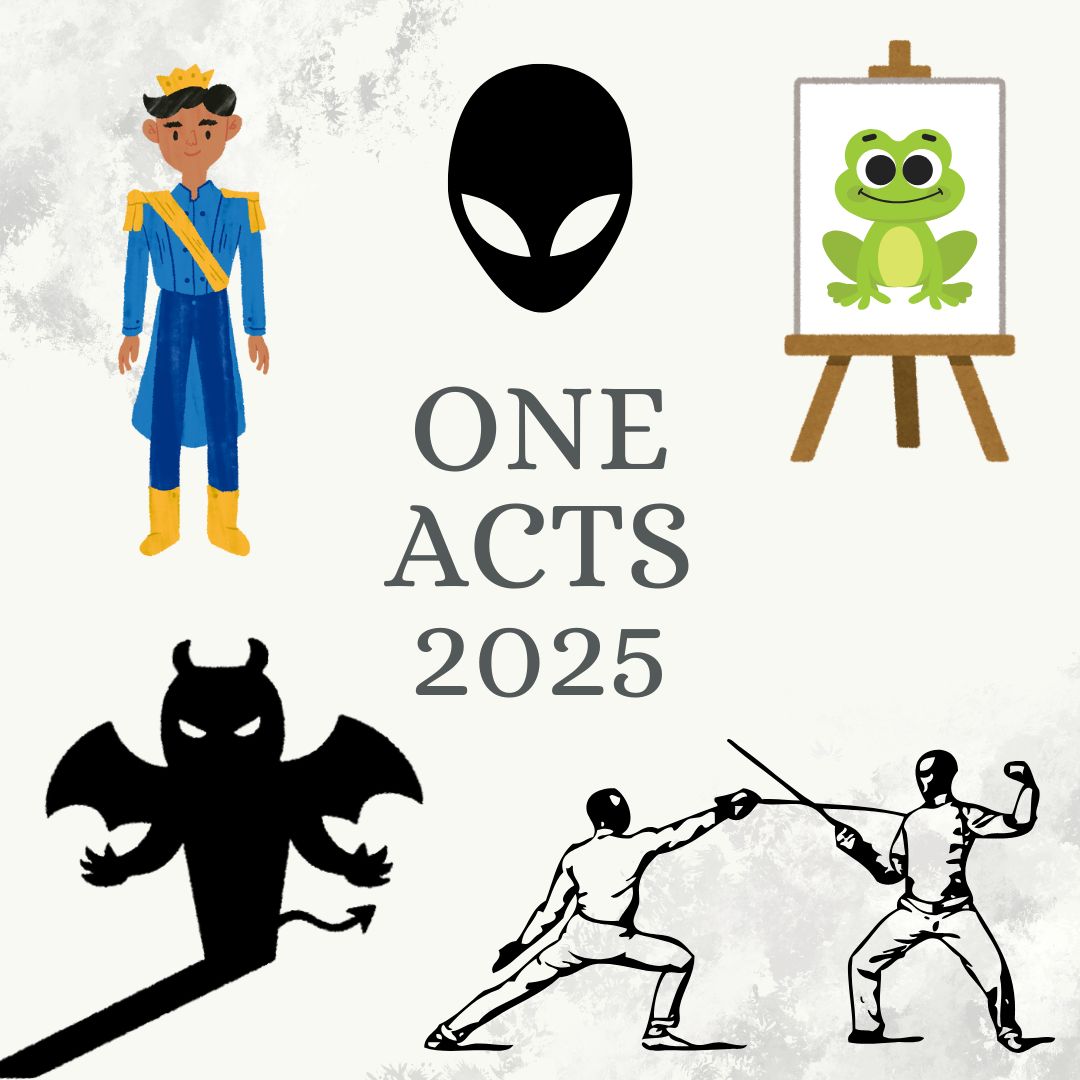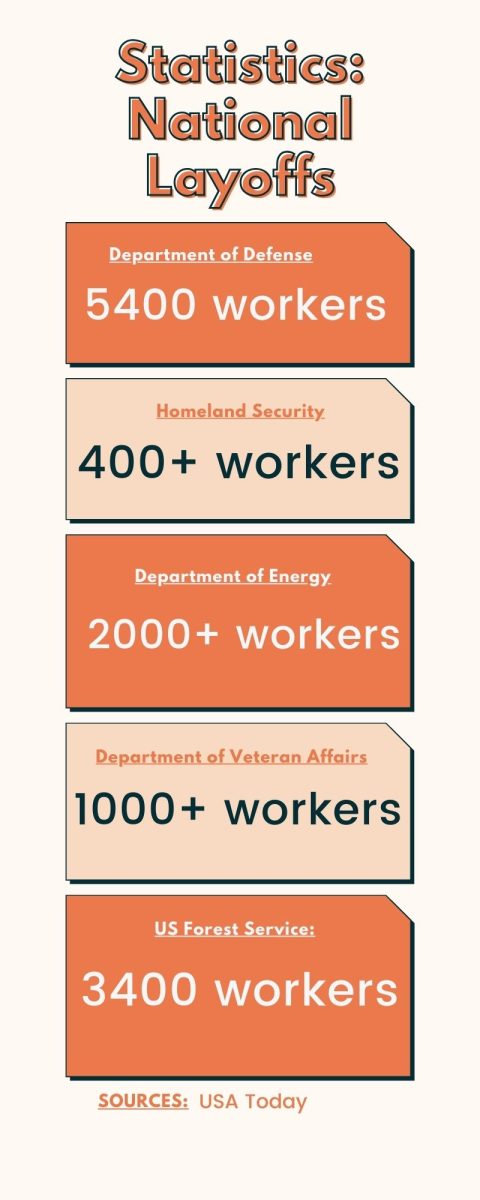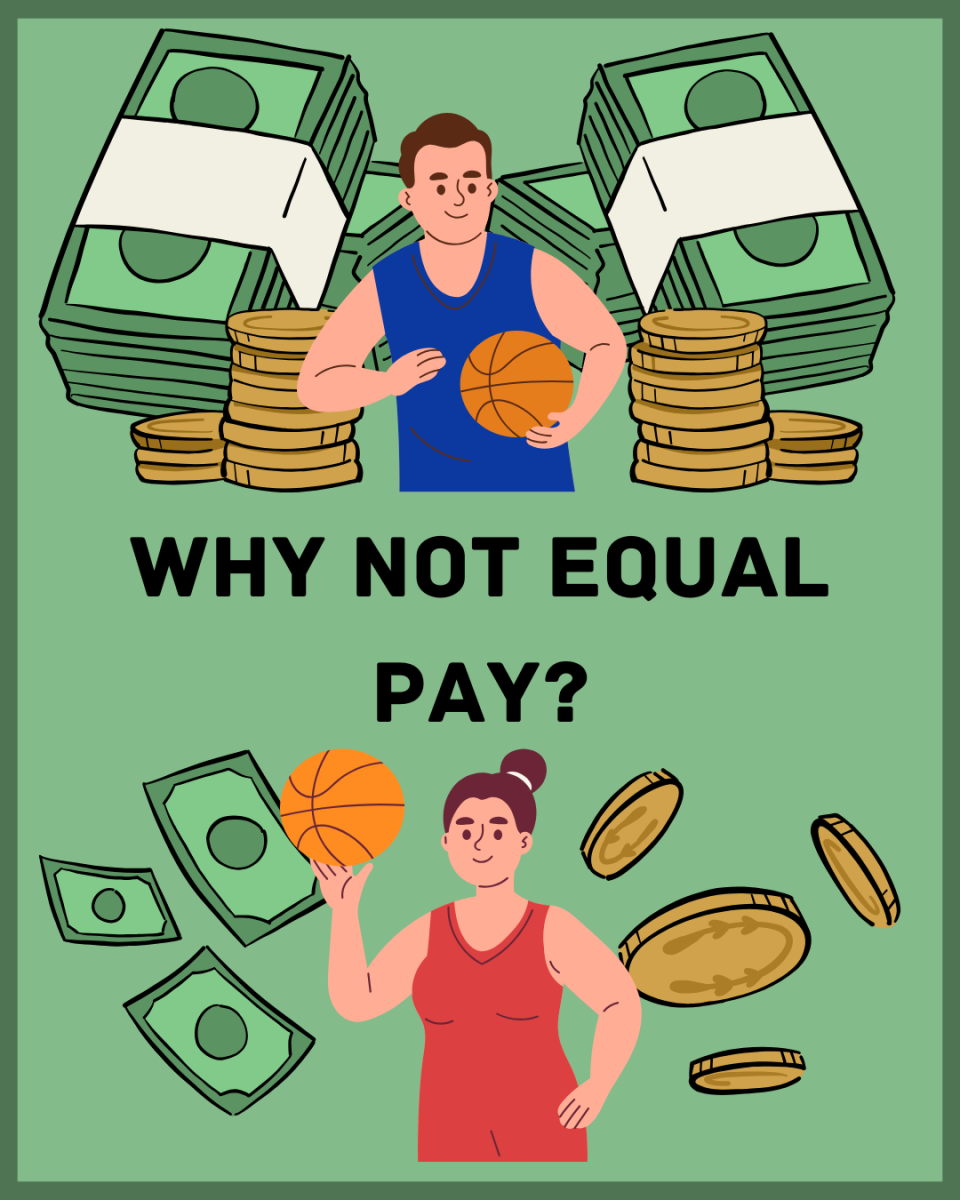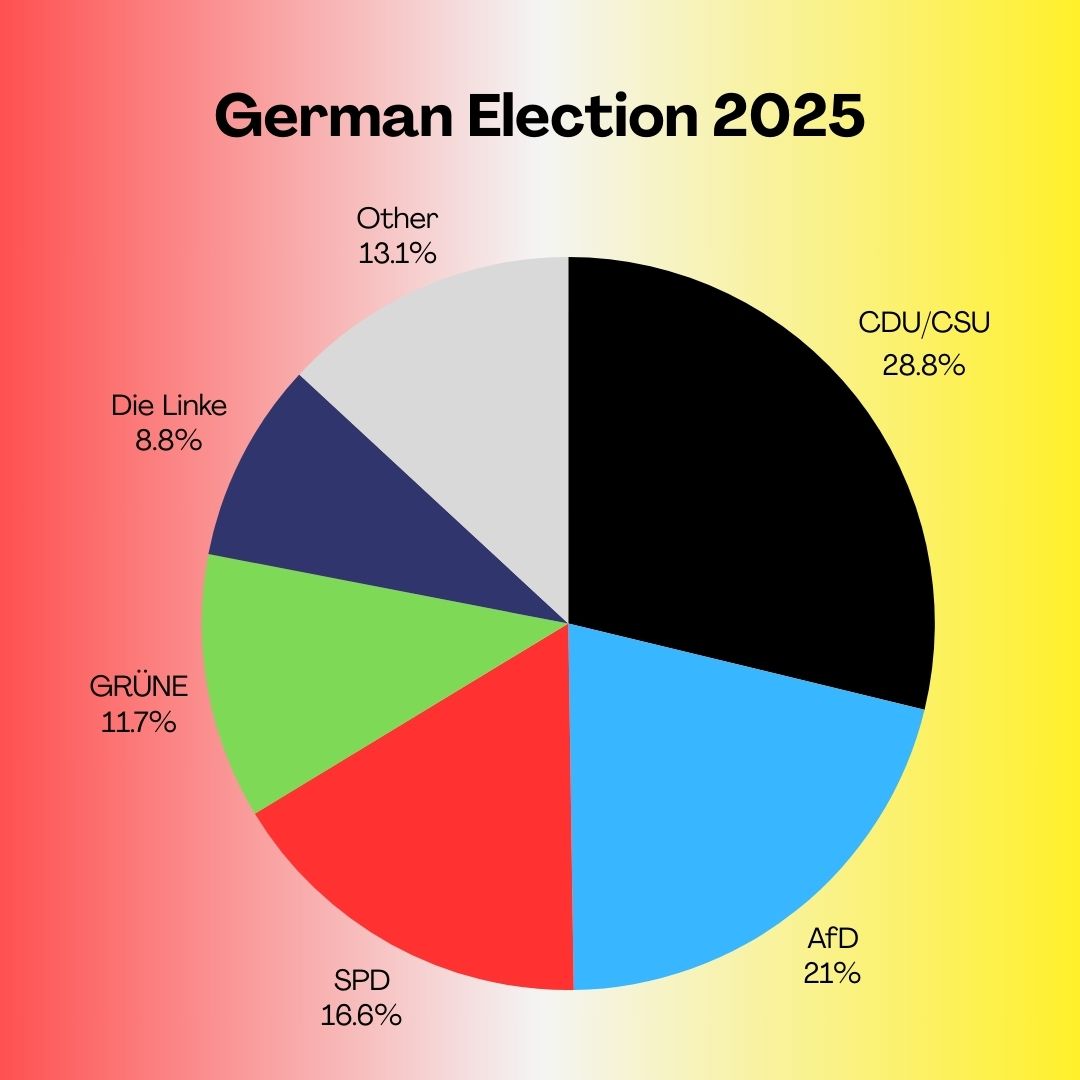The United States has always been a sought-after destination for immigrants, and with the powerful “American Dream” message being widely known, people have come in steady streams since the mid-1800’s and today represent almost 14 percent of the entire U.S. population. Current immigration policy has fluctuated with a lack of consistency over the decades, but looking at the state of immigration today starts with who’s leading our country into our next steps: Donald Trump.
During his first presidential campaign in 2016, Trump made a concerted effort to portray immigrants as job thieves and, notably, “bad hombres” at the second Presidential debate. A main selling point of his was the construction of a wall that would line the entire border and as of 2025, which is still incomplete and has cost almost 20 billion dollars. During his second campaign, he once again used his immigration policy as a point of major importance, and not even two months into his presidency, brought up the concept of foreigners purchasing a 5 million dollar “gold card” in order to buy citizenship, which in my opinion, actively mocks the struggle of the underprivileged who are attempting to make it to the U.S., legally seek asylum at ports of entry and provide a better life for themselves or their children.
Trump’s concepts of a solution include mass deportations to Guantanamo Bay after sending raids to homes of suspected illegal immigrants, and while I agree that if you come into the country illegally you should face the consequences for that action, it’s also fair to agree that our country’s immigration system is fundamentally flawed. There isn’t a set balance between family-based or worker-based visas and no discernible cap or annual limit to them. Despite the concept of idealistic bipartisanship, Congress hasn’t been able to successfully pass border reform since 1986. There have been added programs such as the Deferred Action for Childhood Arrivals (DACA), which grants citizenship to children who were brought to the U.S. under the age of 16 and work lawfully for two years, but this has been met with controversy from lawmakers, despite remaining law. It may be futile though, since Trump also intends to end birthright citizenship, which inherently gives citizenship to babies of immigrant parents since they’re born in the U.S. However, despite all of the various ways to achieve a visa, only two pathways lead to becoming a Lawful Permanent Resident (LPR), which you must be for three to five years before applying for a green card.
It may seem easy to dismiss these problems, or immigrants in general, but our country needs them. I believe they are the backbone of this country and do a lot of the work that goes unacknowledged, especially in the food production industry. All this to say, the U.S. immigration system is a complex network of pathways that all need major reform. Due to brevity, this is without even focusing on the systematic abuse and trafficking of women at the U.S.-Mexico border, who, while waiting long periods for entry, are kidnapped by cartels. It’s also relevant to acknowledge that illegal fentanyl tripled in entry rate under the Biden presidency with no discernable decrease in sight; drugs are still entering by boat, plane or concealed in trucks, regardless of any wall. Hopefully one day, meaningful change can be presented that both sides of the aisle can support for the good of the people that are still seeking out the American Dream.


